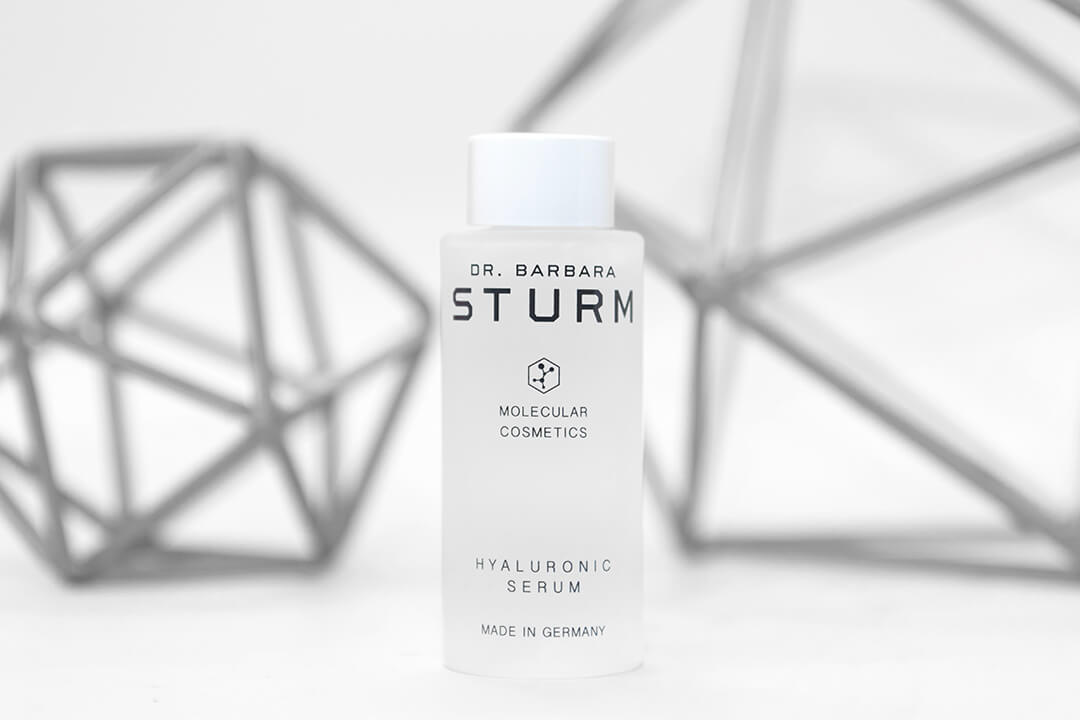
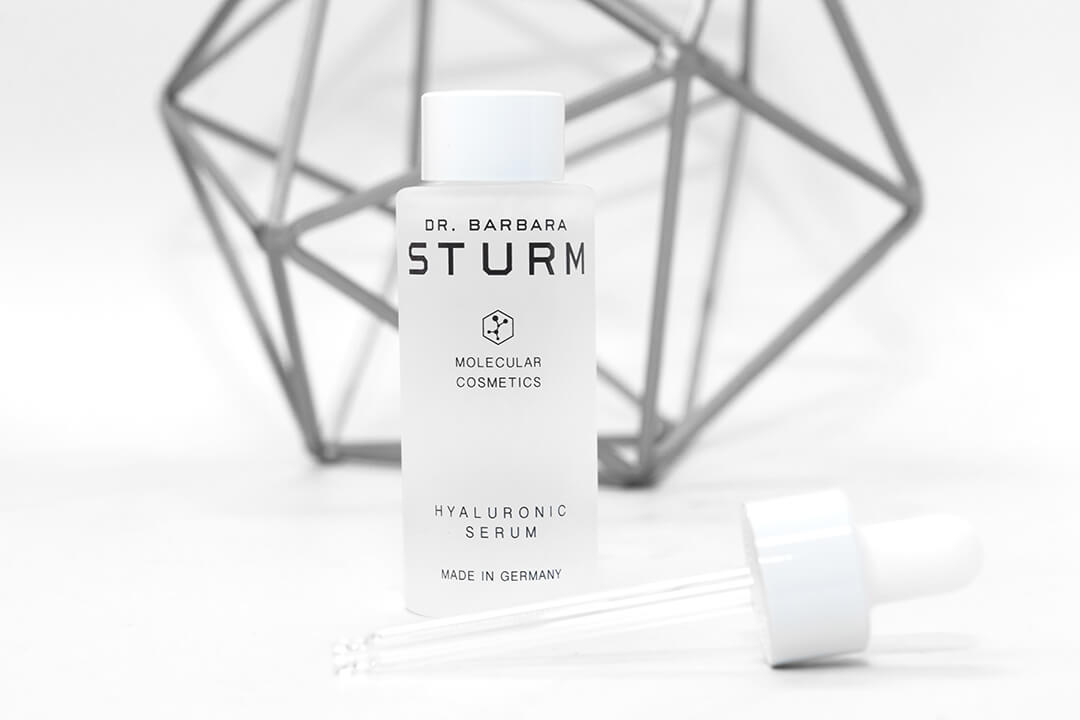
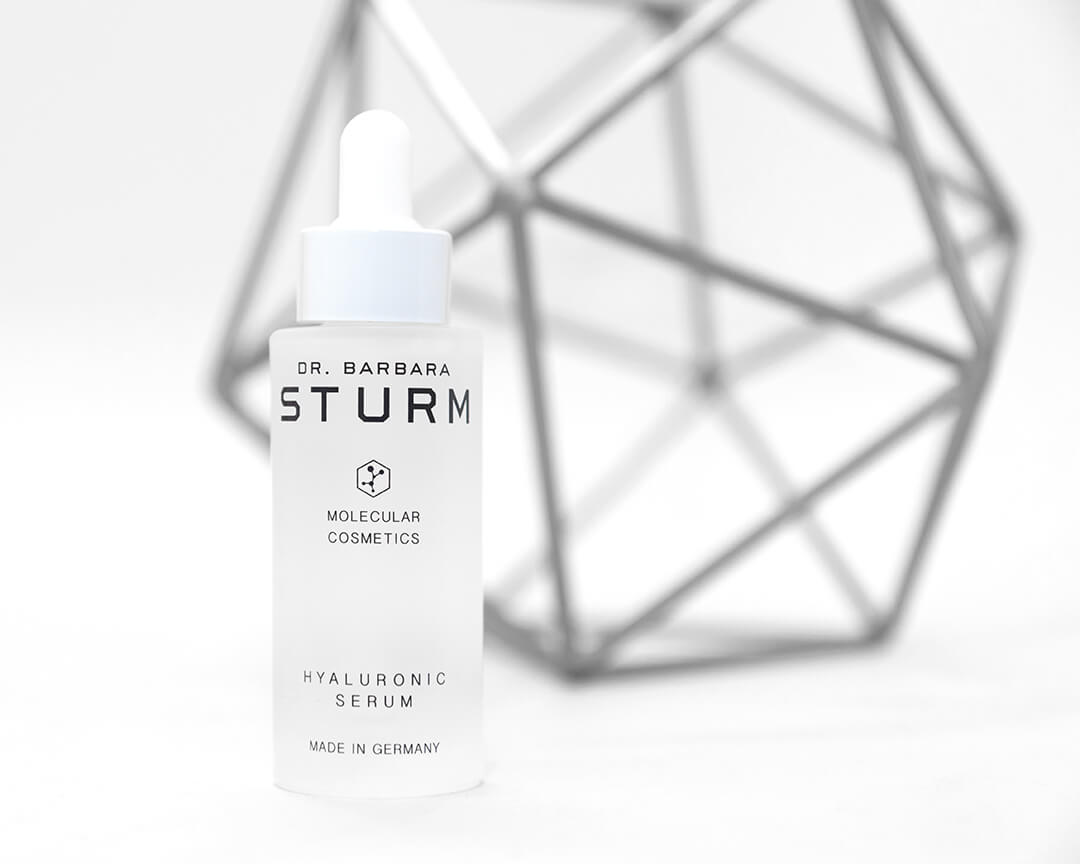
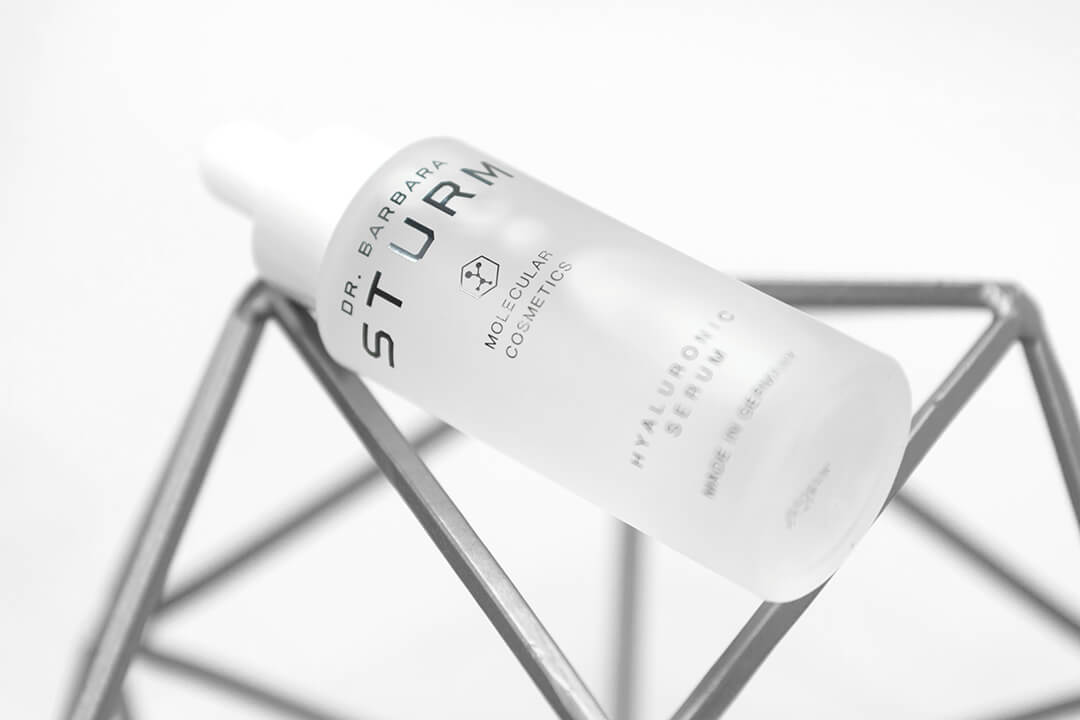
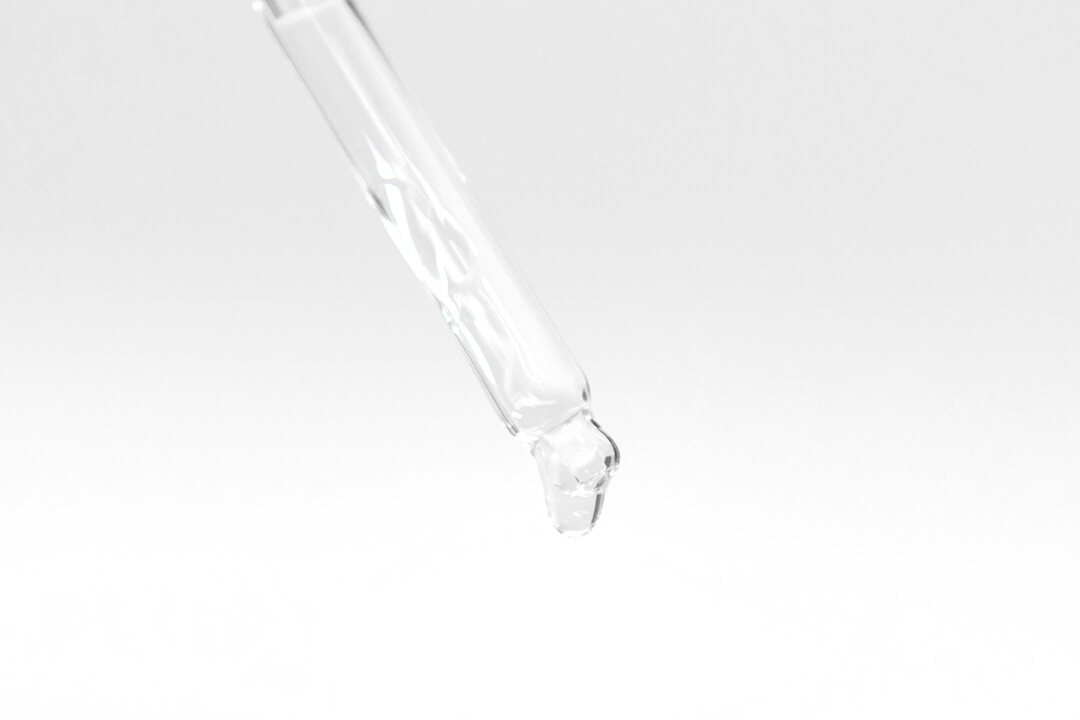
Recently I have been watching the Vogue Beauty Secrets series and researching celebrity skincare routines. I have noticed that many celebrities have the Dr. Barbara Sturm Hyaluronic Acid Serum as a staple in their routine. When I went to learn more information about the product my eyes almost popped out of my head when I saw the price tag was $300! For a simple hydrating serum? That inspired me to research this product further and try it for myself to see what the hype was about. Here are my thoughts:
Sodium Hyaluronate is NOT Hyaluronic Acid
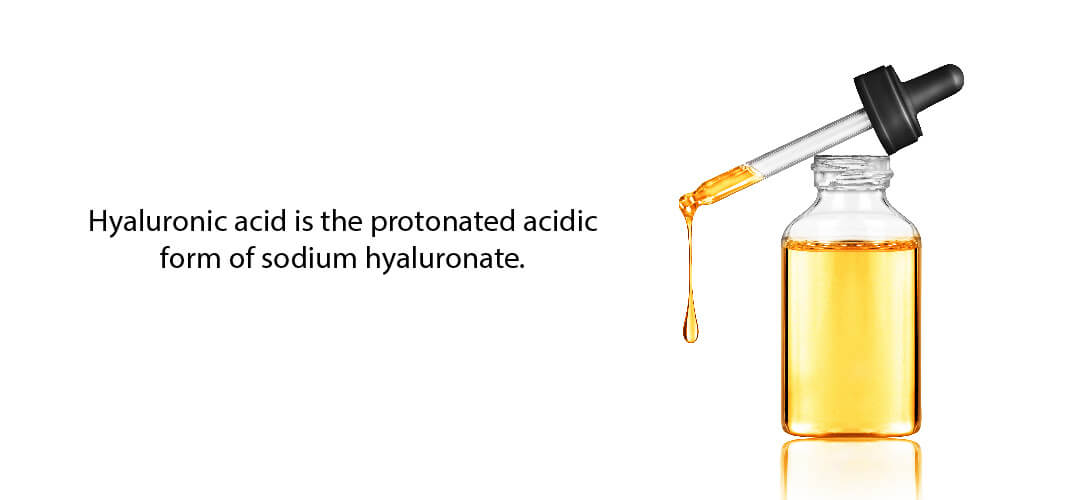
Hyaluronic acid is the protonated acidic form of sodium hyaluronate. It’s like comparing orange juice and orange soda! Similar, but not the same. Hyaluronic acid is better at binding water — up to 1000x times its volume (Baumann). On the other hand, sodium hyaluronate is somewhat more stable and is effective in both high and low humidity conditions.
Sodium hyaluronate is still a natural moisturizing factor (NMF), however! NMFs keep skin from losing water, maintaining skin’s young, smooth, non-flaky appearance. In fact, a 2000 study found that a decrease in the lipid and NMF content of the skin leads to surface roughness, flaking, fine lines, and a tight, uncomfortable feeling. Within the skin, biologically-formed NMFs are made of amino acids and their metabolites and are found exclusively inside the cells of the uppermost layer of the skin (the stratum corneum). NMFs maintain moisture in the skin, even under low humidity, and provide an optimal environment for enzymatic functions. Both hyaluronic acid and sodium hyaluronate temporarily plump the skin and temporarily reduce the appearance of wrinkles and fine lines. Both also provide a barrier of protection for the skin, particularly in times when the weather is changing.
Despite its name, Dr. Barbara Sturm Hyaluronic Acid Serum actually contains sodium hyaluronate. This isn’t uncommon though, as many “hyaluronic acid” serums actually contain sodium hyaluronate. My guess would be that this is just for marketing purposes.
Purslane

Purslane is to Dr. Barbara Sturm what algae is to La Mer — a mainstay in almost every product the line offers. And Dr. Barbara Sturm Hyaluronic Acid Serum is no exception to this! Purslane has a long history of dermatologic uses in traditional Chinese medicine that were almost forgotten until recent research discovered that this natural substance is highly effective in the field of anti-aging.
Purslane, or portulaca oleracea, is a medicinal plant from Central Europe that has powerful antioxidant properties and is rich in several vitamins and minerals that have skincare benefits.
In fact, purslane has been reported to be the richest vegetable source of omega-3 fatty acids (alpha-linolenic acid in particular) yet examined (Biomed Res Int., 2014). In the skin, it has been suggested in The Journal of Investigative Dermatology that omega-3 consumption via fish oil reduces UVB-induced prostaglandin levels, which are partially responsible for inflammation, and further increases the threshold of UVB light allowed before damage occurs. I particularly like omega-3 fatty acids for whenever I’ve been trying too many concentrated skincare products and my face feels raw, red, or swollen. I feel like they soothe and help my skin rebuild.
As for its antioxidant properties, a publication in BioMed Research International shares how purslane also contains high levels of vitamins E, C, and beta carotene, some of the best antioxidants in terms of skincare. Purslane is also rich in glutathione, a potent antioxidant that can naturally be found in the skin.
Affordable Dupes and Alternatives
Let’s be real, 99% of us don’t have Kardashian money and shelling out $300 for a fairly basic hydrating serum is just not something we can or want to do. You’re not going to find many products that contain Purslane, as it is Dr. Sturm’s signature ingredient, however, you can just add more antioxidants to your routine in other products if you want to make up for it. Here are some more affordable dupes for the Dr. Barbara Sturm Hyaluronic Acid Serum:
The Ordinary Hyaluronic Acid 2% + B5: This is the closest dupe I could find as far as packaging and texture goes. Available at Sephora, this serum costs less than $10 but packs a powerful and hydrating punch! This doesn’t absorb very quickly into the skin, however, so if you have oily skin I recommend only using this one during the evening.
Hada Labo Rohto Gokujyn Hyaluronic Acid Lotion: This no-frills hyaluronic acid serum costs less than $20 on Amazon and has gained a huge cult following in Asian beauty circles. This could be due in part to rumors that the boys in K-Pop supergroup BTS use it in their routine. It is a great option for those who have sensitive skin.
First Aid Beauty Ultra Repair Hydrating Serum: This is a hydrating serum for those with all skin types! And it actually contains hyaluronic acid. It also features colloidal oatmeal as well as aloe leaf juice as an added skin-soothing bonus!
Bottom Line
How people choose to spend their money is none of my concern. However, the price point for the Dr. Barbara Sturm Hyaluronic Acid Serum is a whopping $300 and for the formula and the end result, I just can’t justify that price. There are hundreds of more affordable hydrating serums out there that will do the same thing for a fraction of the price!

